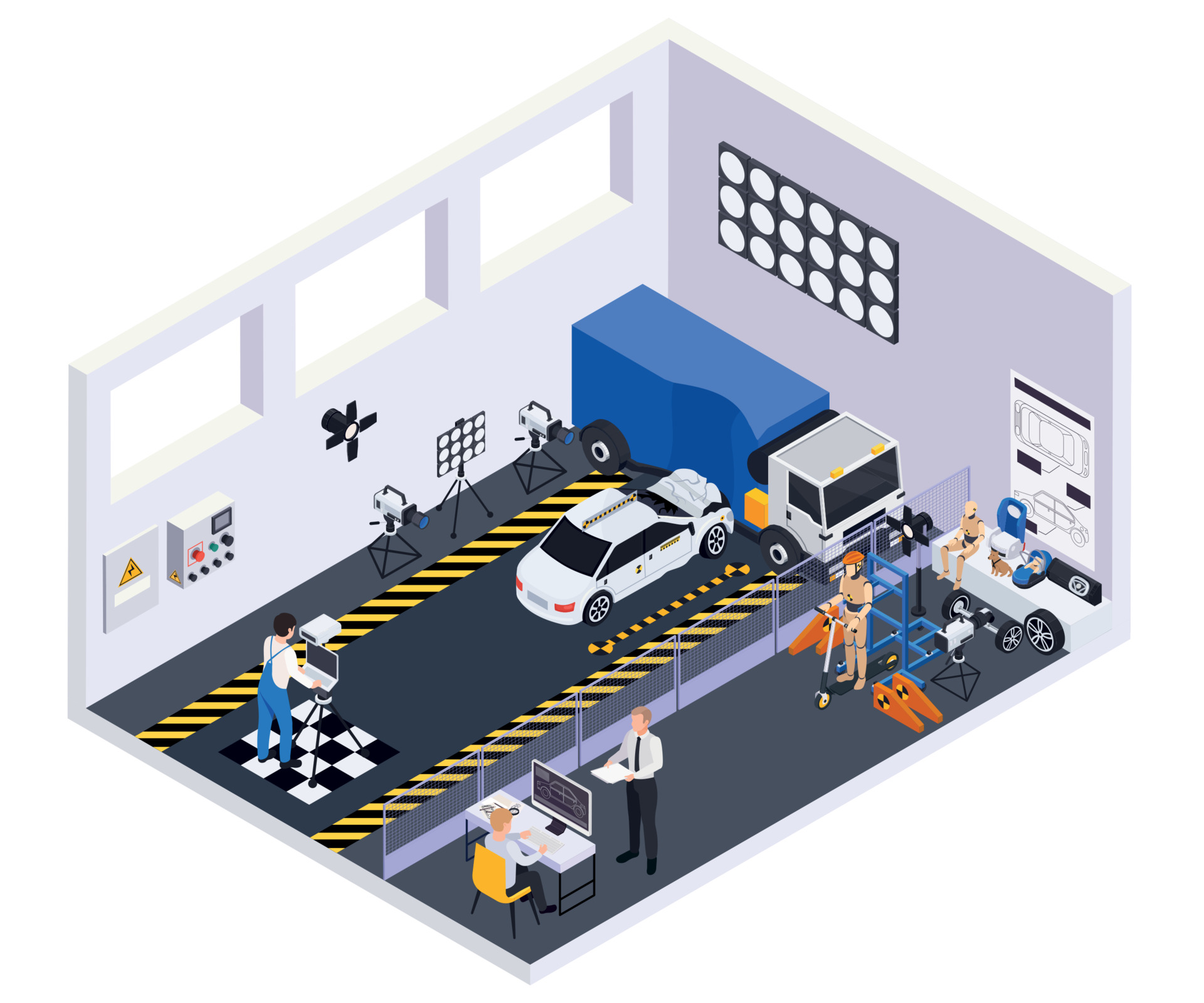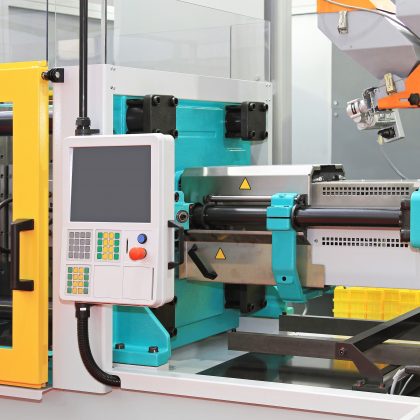
So, you want to learn more about a Crash Test Dummy Engineer? These engineers, also called Vehicle Crash Test Engineers, are the masterminds behind the safety tests for the automotive industry. They’re in charge of designing and analyzing these tests and work with other members of the manufacturing team to make sure the experiments accurately assess a car’s safety capabilities. It’s a crucial role because, let’s face it, crash tests are pretty intense and destructive. To make sure they get accurate results, engineers may even run computer simulations before conducting the test on an actual vehicle. And once the test is done, they measure the results and present their findings to the design and production teams. To be a successful crash test dummy engineer, you’ll need a relevant degree, hands-on experience, and a good understanding of automotive safety standards and regulations.
Crash Test Dummy Engineer Education Requirements
To become a Vehicle Crash Test Engineer, you’ll need a relevant degree. This could be in Mechanical Engineering, Biomechanical Engineering, or a related field. A strong academic background is also crucial. This means understanding key concepts and theories and developing skills through coursework and projects. Additionally, obtaining a Professional Engineer (PE) license can give you a major advantage over other candidates. It demonstrates your professional competence, increases job opportunities and earning potential, and sets you apart in the field.
Experience
To be successful as a Crash Test Dummy Engineer, you’ll need to have experience designing and analyzing safety tests. This could come from internships, co-op programs, or previous work experience. It’s also important to have a good understanding of automotive safety standards and regulations. This will help you make sure the tests you design and analyze are up to par. Finally, hands-on experience in the field is invaluable. It gives you a deeper understanding of the processes involved and helps you develop practical skills that will serve you well in your career.
Role & Responsibilities
As a Vehicle Crash Test Engineer, your main responsibility will be designing and analyzing safety tests for the automotive industry. You’ll also need to coordinate with other members of the manufacturing team to ensure the tests accurately assess a car’s safety capabilities.
Before conducting actual tests, you may run computer simulations to make sure you get accurate results. After the tests are conducted, you’ll measure the results and present your findings to the design and production teams. This will help inform future design decisions and improve car safety.
Career Path
For those interested in a career as a Vehicle Crash Test Engineer, there are many opportunities for advancement and ongoing professional development. Some Vehicle Crash Test Engineers start out as technicians or test engineers, and over time, they can advance to senior or lead positions in their organizations. Those with a strong background in mechanical engineering, biomechanical engineering, or a related field may be able to pursue management roles within the industry, such as program managers or technical directors. Additionally, ongoing professional development through courses, workshops, and conferences can help Vehicle Crash Test Engineers stay up-to-date with the latest developments in the field and advance their careers.
Crash Simulation Software and Technology
Simulation software and technology play an increasingly important role in crash testing. Vehicle Crash Test Engineers use these tools to run computer simulations of crash scenarios, which can help to identify potential safety issues before actual tests are conducted. This not only saves time and resources, but also ensures that the tests are accurate and effective in evaluating the safety of vehicles.
New Safety Technologies in the Automotive Industry
The automotive industry is constantly evolving, and Vehicle Crash Test Engineers play an important role in the implementation of new safety technologies. This could include advanced safety systems such as automatic emergency braking, lane departure warning, and blind spot detection, among others. Vehicle Crash Test Engineers are responsible for testing these new technologies to make sure they meet industry standards and regulations, and work effectively to protect drivers and passengers in the event of a crash.
Industry Regulations and Standards
Regulations and standards are an essential part of the work of Vehicle Crash Test Engineers. These guidelines provide a framework for the development of safe cars and ensure that all vehicles meet minimum safety requirements. Vehicle Crash Test Engineers must have a thorough understanding of these regulations and standards, and use them to inform their work when testing and evaluating the safety of vehicles.
Some of the key regulations and standards in the automotive industry include crash test requirements, occupant protection requirements, and safety feature requirements. The regulations and standards set by organizations such as the National Highway Traffic Safety Administration (NHTSA) and the European New Car Assessment Programme (Euro NCAP) play a crucial role in the work of Vehicle Crash Test Engineers. These organizations develop and enforce safety standards for vehicles sold in their respective markets, and Vehicle Crash Test Engineers must be familiar with these standards to ensure that the vehicles they test meet the necessary requirements.
Summary
To recap, becoming a Crash Test Dummy Engineer requires a relevant degree, hands-on experience, and knowledge of automotive safety standards and regulations. These key points are essential for success in the role. Without a solid foundation in education, experience, and knowledge, it will be difficult to excel in this career.
The role of a Crash Test Dummy Engineer is both exciting and crucial in ensuring road safety. By testing and evaluating the safety of cars, these engineers play a vital role in keeping drivers and passengers safe on the road.



